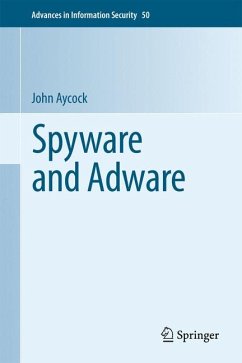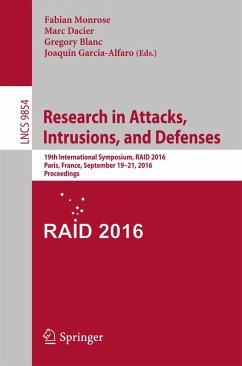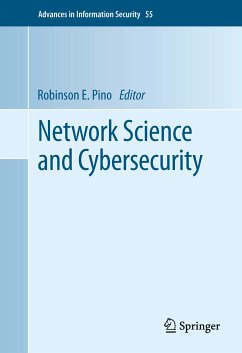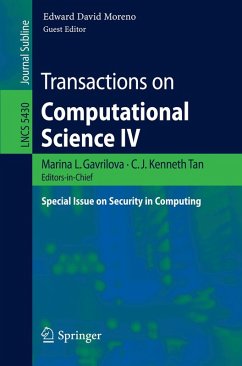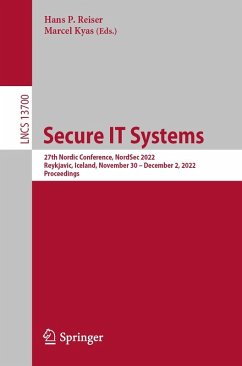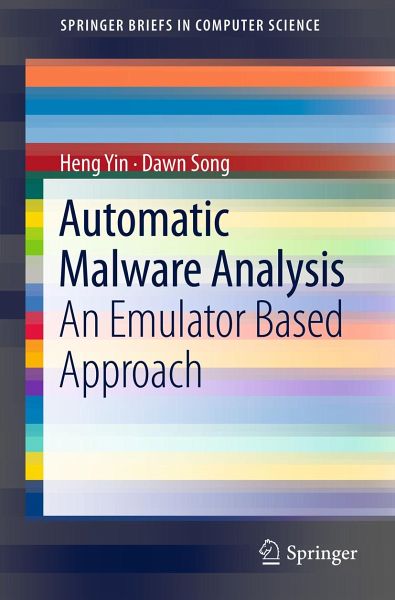
Automatic Malware Analysis (eBook, PDF)
An Emulator Based Approach
Versandkostenfrei!
Sofort per Download lieferbar
40,95 €
inkl. MwSt.
Weitere Ausgaben:

PAYBACK Punkte
20 °P sammeln!
Malicious software (i.e., malware) has become a severe threat to interconnected computer systems for decades and has caused billions of dollars damages each year. A large volume of new malware samples are discovered daily. Even worse, malware is rapidly evolving becoming more sophisticated and evasive to strike against current malware analysis and defense systems.Automatic Malware Analysis presents a virtualized malware analysis framework that addresses common challenges in malware analysis. In regards to this new analysis framework, a series of analysis techniques for automatic malware analys...
Malicious software (i.e., malware) has become a severe threat to interconnected computer systems for decades and has caused billions of dollars damages each year. A large volume of new malware samples are discovered daily. Even worse, malware is rapidly evolving becoming more sophisticated and evasive to strike against current malware analysis and defense systems.
Automatic Malware Analysis presents a virtualized malware analysis framework that addresses common challenges in malware analysis. In regards to this new analysis framework, a series of analysis techniques for automatic malware analysis is developed. These techniques capture intrinsic characteristics of malware, and are well suited for dealing with new malware samples and attack mechanisms.
Automatic Malware Analysis presents a virtualized malware analysis framework that addresses common challenges in malware analysis. In regards to this new analysis framework, a series of analysis techniques for automatic malware analysis is developed. These techniques capture intrinsic characteristics of malware, and are well suited for dealing with new malware samples and attack mechanisms.
Dieser Download kann aus rechtlichen Gründen nur mit Rechnungsadresse in A, B, BG, CY, CZ, D, DK, EW, E, FIN, F, GR, HR, H, IRL, I, LT, L, LR, M, NL, PL, P, R, S, SLO, SK ausgeliefert werden.





